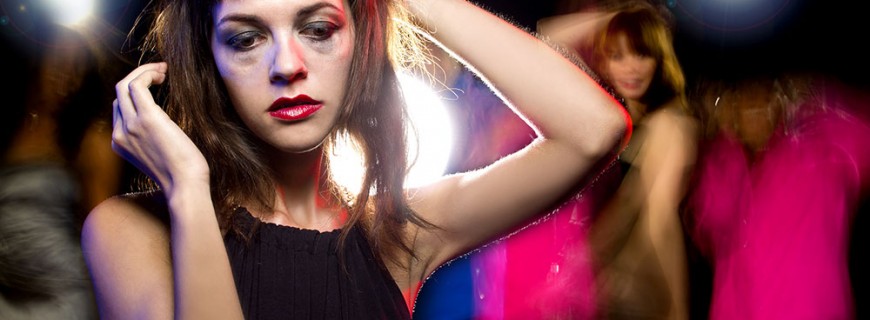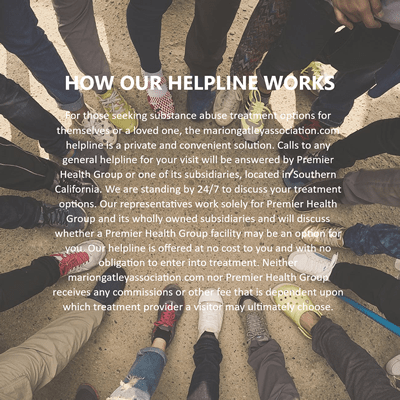The ever swelling culture of electronic dance music, raves, DJs, and drugs has made its way into the collective consciousness. Now we all know it’s there, but how much do we really know about raving, the behavior, and the drugs they use if we don’t take part in it ourselves?
For a long time the ravers drug of choice was ecstasy. This form of MDMA produces euphoria and sensory enhancement that contributes to the lights, clothing, and loud music of all-night rave dance parties. That was until pure MDMA, or Molly, splashed onto the scene. Now taking “E” has been replaced with swallowing or snorting Molly before hours of dancing. Promiscuous sex is also common at these events, perhaps an effect of the intensified emotional warmth and high energy.
According to the National Institute on Drug Abuse, around 13 percent of people between 18 and 25 have taken MDMA within their lifetime. Short-term side effects of taking a form of MDMA include increased heart rate and blood pressure, an acute rise in body temperature and dehydration that can lead to heart failure, kidney failure, and death. The hot, sweaty environment of raving can often lead to dehydration. People that take the drug need to make sure that they are constantly drinking water, as the possibility of the experience becoming dangerous is very high. If you are having trouble kicking your MDMA habit, please call us at Intervention Drug Rehab Center so that we can connect you with the addiction treatment center that best suits your particular situation.
Withdrawal symptoms are fatigue, loss of appetite, confusion,and the inability to concentrate, amongst other things. With the assistance of a substance abuse treatment facility, you can overcome these symptoms. Long-term effects of taking MDMA are depression, anxiety, a prolonged state of confusion, decreased appetite and sexual desire, and loss of memory.
MDMA isn’t the only drug that people attending raves take to enhance their experience at the dance marathons, clubs, or concerts. Other commonly used drugs are alcohol, LSD, mushrooms, and other hallucinogens. Of these, MDMA is the most habit forming and dangerous drug besides alcohol, and ravers happen to prefer it.
DJs and other industry personnel that organize and perform at raves and other electronic dance music events are particularly susceptible to MDMA abuse as well as other drug addictions. For them, the party never stops. A constant schedule of touring and performing in party-embracing environments often leads to increased addiction within DJs and other people that work in the industry. If you are a DJ or a raver and are having problems with substance abuse, please call Intervention Drug Rehab and we will pair you up with the right drug rehab center for your needs and requirements.



